Revolutionizing Chronic Kidney Disease Management with Digital Health Tools: The Withings Case Study
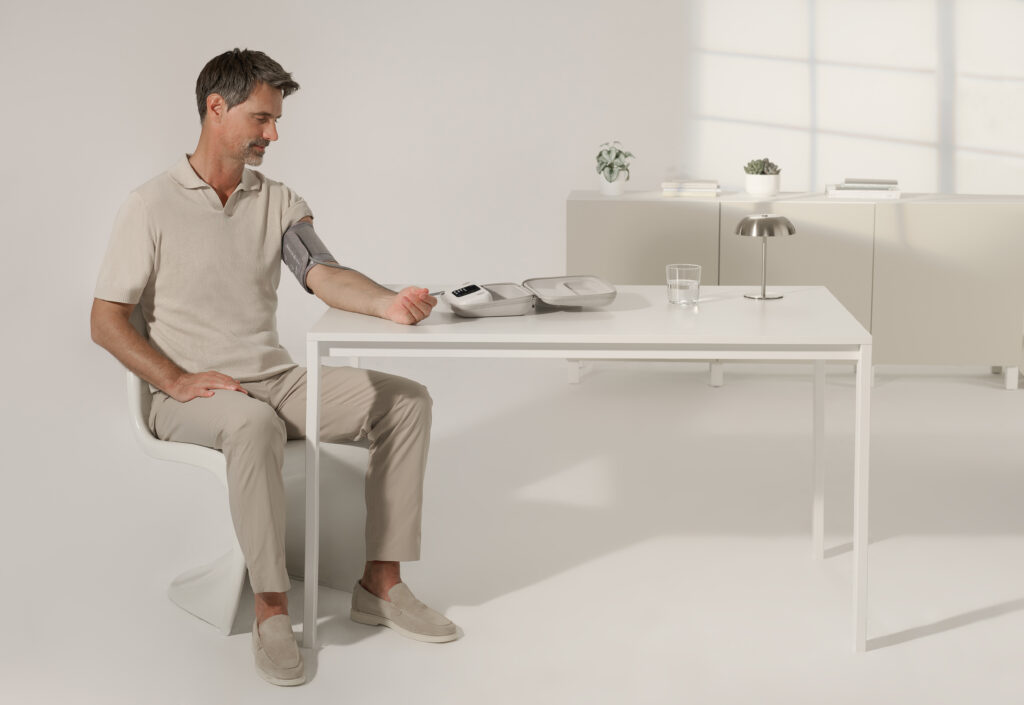
Chronic Kidney Disease stage 5 on dialysis (CKD5D) presents one of the most complex and high-risk scenarios in modern medicine.But what if technology could help bridge the gap between dialysis sessions, offering clinicians a window into the patient’s health in real-time?
The Need for Remote Patient Monitoring in Menopause Care
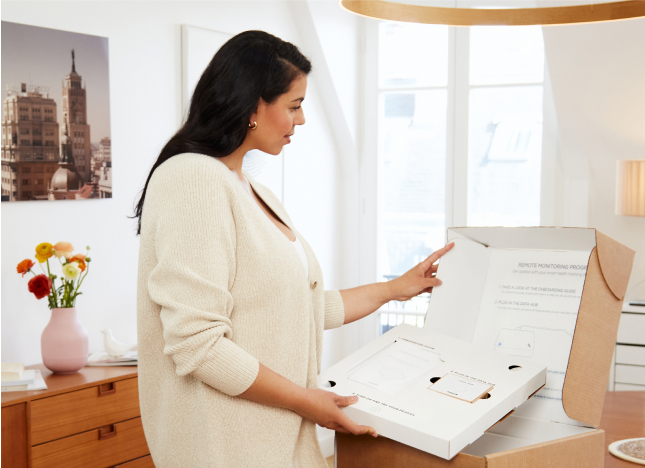
Menopause can significantly impact sleep, blood pressure, and body composition—and it goes far beyond hot flashes. Connected devices can enable comprehensive care and proof of ROI for menopause benefits.
Enhancing GLP-1 Programs: Why Lifestyle Support and Withings Health Solutions Technology Matter
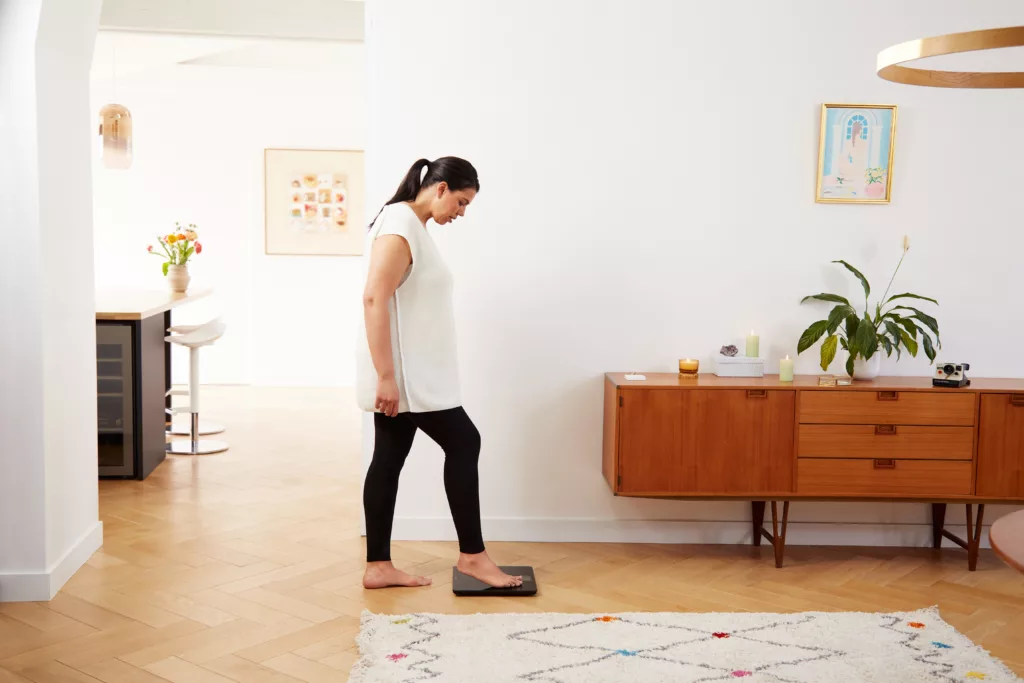
GLP-1 medications have been a major breakthrough in helping people manage their weight and improve metabolic health. But as promising as these medications are, they’re just one part of the bigger picture. Long-term success depends on more than just prescriptions — it requires lifestyle changes that address the root cause, including healthy eating, regular exercise, and quality sleep.
Why Choose Withings Blood Pressure Monitors

For remote blood pressure monitoring, the blood pressure monitor you choose matters — for accuracy, patient engagement, and long-term outcomes. Withings offers two standout options: the BPM Connect Pro and the BPM Pro.
Withings Health Solutions and Babyscripts Partner to Combat Leading Cause of Pregnancy-Related Death in the United States
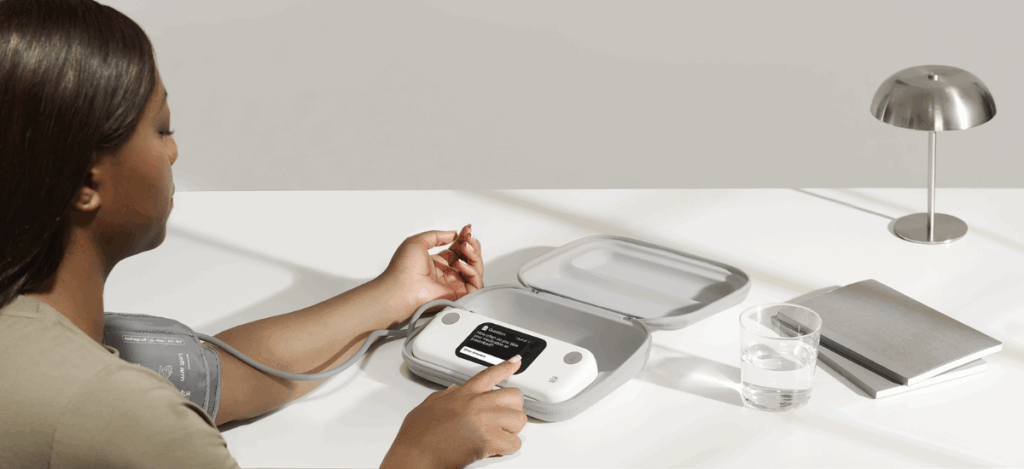
Babyscripts, the leading virtual maternity care program for managing obstetrics, announced a partnership with Withings Health Solutions, a pioneer in digital health technology, to enhance its remote blood pressure monitoring offering with Withings’ accessible devices— addressing this critical public health issue with more options for inclusive, real-time monitoring.
RPM Insights From Family Health Centers of San Diego
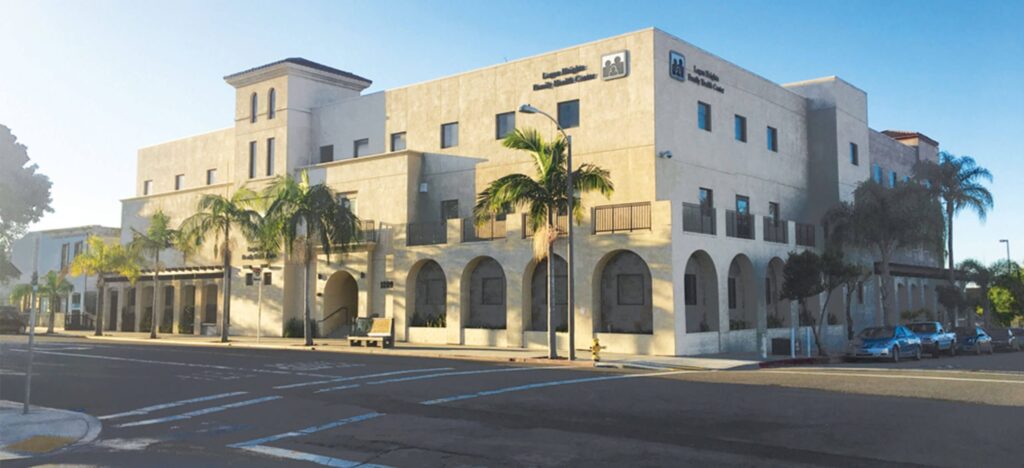
We spoke to Jacqueline Poblete from Family Health Centers of San Diego about their virtual care programs. See her insights on remote patient monitoring.
Takeaways from our Webinar: Converging Insights on Remote Patient Monitoring

Our webinar on remote patient monitoring brought unique perspectives on the common barriers to activation, adherence and staffing, as well as a look at real outcomes—both at a health center and research level. Our panelists brought their experiences to inform a rich discussion about optimizing patient engagement, enhancing care and streamlining clinical operations.
Major Advances in Sleep Health Technology Mark World Sleep Day

World Sleep Day, the annual spotlight on sleep health that promotes education, research and patient care, is being held on March 14. Withings is marking the occasion by highlighting the extensive technology development and research the company is doing to promote better sleep and more accessible sleep diagnostics.
Withings Sleep Rx: Allowing Sleep Specialists to Make House Calls

New large-scale, longitudinal studies show that monitoring sleep for at least 14 nights at home with a connected sleep tracking mat, can reduce the 30% high error rate of sleep apnea diagnosis from the usual single-night, in hospital polysomnography (PSG) technique. This technology can identify which patients most need expensive, intrusive, and difficult to access PSG. Longitudinal data also detects variability of Obstructive Sleep Apnea from night to night which is associated with hypertension